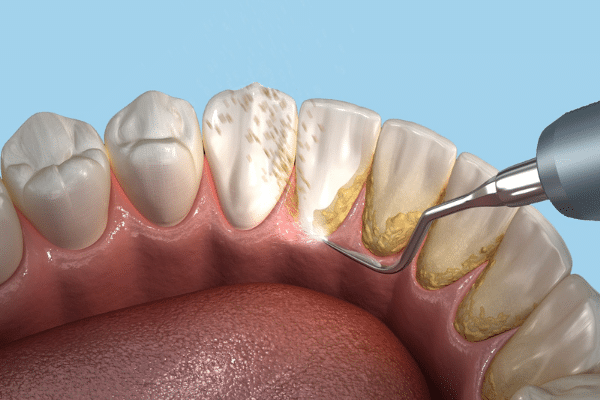Introduction
You know that feeling of freshness after a good teeth cleaning? That sparkling sensation isn’t just about aesthetics; it’s a sign of a healthy mouth. Welcome to our guide on Home improvement web.de/, where we’ll dive deep into why it’s essential to maintain those pearly whites.
Understanding Teeth Cleaning
What is teeth cleaning?
Teeth cleaning, also known as prophylaxis, is the process of removing plaque and tartar buildup from the teeth. It’s a preventive measure to keep your teeth and gums healthy.
Why regular cleaning is necessary
Think of your mouth as a battleground, with bacteria constantly waging war on your teeth. Regular cleaning helps keep these invaders at bay, preventing issues like cavities and gum disease.
Types of Teeth Cleaning
Professional dental cleaning
A visit to the dentist for a professional cleaning is recommended every six months. This thorough cleaning removes plaque and tartar that brushing and flossing alone can’t reach.
At-home cleaning techniques
While professional cleanings are crucial, at-home care is equally important. Brushing twice a day and flossing daily helps maintain oral hygiene between dental visits.
Benefits of Regular Teeth Cleaning
Preventing cavities and decay
Plaque buildup can lead to tooth decay if left unchecked. Regular cleanings help remove this buildup, reducing the risk of cavities.
Avoiding gum disease
Gum disease is a common issue caused by plaque buildup along the gumline. Regular cleanings help prevent gum disease and keep your gums healthy.
Maintaining fresh breath
Nothing ruins a conversation like bad breath. Regular cleanings help remove bacteria that cause bad breath, keeping your mouth feeling fresh and clean.
When to Get Your Teeth Cleaned
Recommended frequency
Most dentists recommend getting your teeth cleaned every six months. However, some individuals may require more frequent cleanings based on their oral health needs.
Signs you need a cleaning
If you notice signs of gum disease, such as bleeding gums or persistent bad breath, it’s time to schedule a cleaning. Other signs include visible plaque or tartar buildup on your teeth.
What Happens During a Professional Teeth Cleaning
Examination
Before the cleaning begins, your dentist will examine your mouth for any signs of oral health issues.
Scaling and polishing
During the cleaning, the dental hygienist will use special tools to remove plaque and tartar from your teeth. They’ll then polish your teeth to remove surface stains and leave them feeling smooth.
Fluoride treatment
Some cleanings may include a fluoride treatment to strengthen your teeth and prevent cavities.
At-Home Teeth Cleaning Tips
Brushing technique
Use a soft-bristled toothbrush and fluoride toothpaste to brush your teeth twice a day. Brush in gentle, circular motions to remove plaque effectively.
Flossing correctly
Flossing removes plaque and food particles from between your teeth and along the gumline. Be sure to floss daily to maintain optimal oral hygiene.
Mouthwash recommendations
Using mouthwash can help kill bacteria and freshen your breath. Look for a mouthwash that contains fluoride for added protection against cavities.
Common Misconceptions About Teeth Cleaning
Myth vs. reality
Contrary to popular belief, teeth cleaning doesn’t weaken your enamel. In fact, it helps strengthen it by removing harmful bacteria and plaque.
Cost of Teeth Cleaning
Factors affecting cost
The cost of a teeth cleaning can vary depending on factors such as location, dental insurance coverage, and the extent of cleaning needed.
Importance of dental insurance
Having dental insurance can help offset the cost of cleanings and other dental procedures. If you don’t have insurance, look for clinics or dental schools that offer discounted services.
Risks and Complications
Potential side effects
While rare, some individuals may experience sensitivity or minor bleeding after a cleaning. These side effects typically subside within a few days.
How to mitigate risks
To minimize the risk of complications, be sure to communicate any concerns or medical conditions with your dentist before the cleaning.

